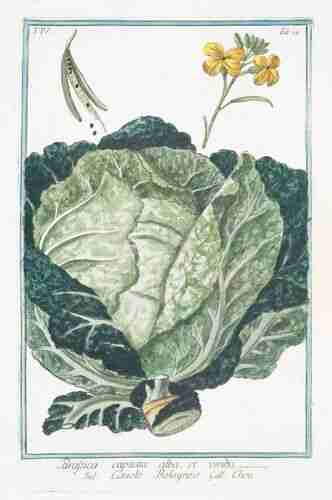! Nouveau site ici !
Vita > Plantae > Magnoliophyta > Magnoliopsida > Capparales >
Brassicaceae > Brassica
Brassica oleracea
(Chou)


 | *****
| *****
Vita > Plantae > Magnoliophyta > Magnoliopsida > Capparales >
Brassicaceae > Brassica
Brassica oleracea
(Chou)

Une herbe de la famille du chou. C'est une plante annuelle. Il atteint 1,2 m de haut et 1 m de large. La tige est dressée, ligneuse et ramifiée. Les feuilles inférieures sont grandes et arrondies et ont des ... (traduction automatique)
→suite
⬀
Le  donne accès au menu
donne accès au menu (c'est votre point de repère) 😊 ;
En dessous vous avez la classification, à partir de la vie (Vita, premier rang) jusqu'à la classe au dessus de la plante, dont vous trouvez ensuite le nom scientifique/botanique (latin) puis le nom commun (français), le cas échéant ;
C'est aussi un lien vers la fiche complète (tout comme la ✖, en bas à droite, et le +, en dessous de la description) ;
Vient alors l'illustration (ou ce qui la remplace, en attendant), la comestibilité :
Et en bas
⬂






